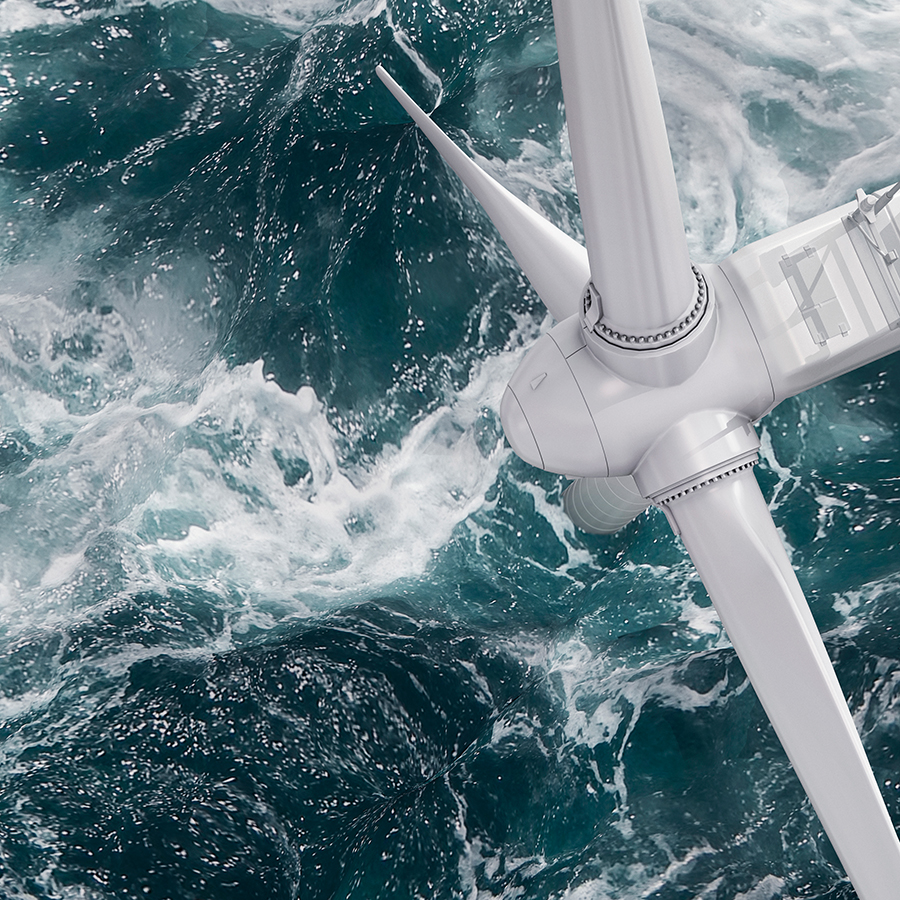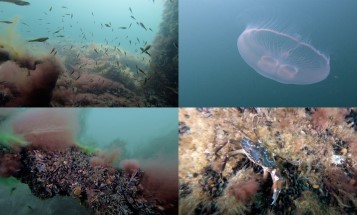Alongside battery drive, sustainable hydrogen is considered the major enabler when it comes to reducing carbon dioxide emissions from road traffic and other transport. Vattenfall is already working on several fuel projects with sustainable hydrogen as an important ingredient. But the possibilities are many – below we set out the most important ones.
The world's transport consumes almost 10 billion litres of oil per day. In a year this results in roughly 7 billion tonnes of carbon dioxide emissions. Petrol and other oil-based fuels must be replaced by something better to reduce the impact on our climate, and it needs to happen soon. Using batteries works well for passenger cars and shorter road transport, in many other cases, hydrogen-based fuels are more suitable, and the solutions are already there.
“Hydrogen is a good alternative when direct electrification is difficult, for example where excessively large and heavy batteries are required. Hydrogen can be used either directly as a fuel or to produce other fossil-free fuels”, says Mikael Nordlander, director Industry Decarbonisation at Vattenfall. He has for several years worked on developing the use of hydrogen, above all to drive climate change in industry processes. A project that has received a great deal of attention is HYBRIT in northern Sweden set up to produce fossil-free steel.
Offshore wind becomes sustainable aviation fuel
Currently, sustainable fuel production takes up most of Mikael Nordlander’s time. On the Swedish west coast, two fuel companies, St1 and Preem, plan to start the manufacturing of sustainable so-called electrofuels using hydrogen from offshore wind power and non-fossil carbon dioxide captured from emissions from the forest industry or similar.
The plans are for a total annual production of more than one million cubic meters of electrofuel, mainly to the aviation industry where the requirements for the mixing of sustainable fuel every year will get stricter. HySkies is another project for sustainable aviation fuel that Vattenfall is running together with Shell and SAS, among others.
Most obvious trend
But there are many ways hydrogen can power vehicles. For example, it can be used directly as fuel in an engine, or to produce electricity in a fuel cell. The question is which technology will in the future be dominant within the various transport sectors?
“All the variants have their use,” Mikael Nordlander says. “The most obvious trend we see is probably in sustainable electrofuel for aviation. There, the requirements for mixing will gradually increase over the coming years and at the moment it is difficult to see any good alternative to hydrocarbons for long flights, although I know that there are projects looking at hydrogen in itself as a fuel. For long and heavy transport at sea, it is more like guesswork. Right now, it seems that methanol, which can be produced with the electrofuel method, is the strongest competitor, or possibly ammonia. Fuel cells and pure hydrogen can probably compete to a greater extent in terms of heavy road transport, especially if the industry starts to use hydrogen in their processes, as hydrogen will then be widely available also for the transport sector.”
Register for our monthly newsletter THE EDIT
THE EDIT is Vattenfall's new monthly newsletter. Each issue highlights a new burning issue from the world of sustainable energy and fossil freedom.

Pros and cons of hydrogen as a fuel
Hydrogen can be a building block in several types of fuel. Some of the most important ones are listed below. Most important from a climate perspective is that the hydrogen is produced using fossil-free electricity from, for example, offshore wind power. In an electrolyser, the electricity is used to split water into its components: hydrogen and oxygen.
Fuel cells. A fuel cell is a sort of chemical generator and it is used in electric cars instead of a battery. In principle, it works like an electrolyser but the other way around: the device helps hydrogen to react with oxygen in the air. The process generates electricity for the engine and generates exhausts in the form of pure water vapour. Toyota is still dominant with fuel cells in the passenger car market, but BMW, among others, is developing its own models. Volvo plans to start testing heavy trucks with a 1,000 km range in 2025. China intends to have one million heavy-duty fuel cell vehicles on the road by 2030.
- Advantages:
Long range, full tank in minutes, weighs less than batteries. - Disadvantages:
Low efficiency compared to direct use of electricity. High manufacturing cost for the fuel cell. Hydrogen tanks can be space consuming.
Electrofuel. Collective name for several fuels such as sustainable jet kerosene or methanol. Produced by hydrogen reacting with carbon dioxide captured from process emissions, for example from the chimney of a paper mill or a waste incineration plant. Vattenfall has projects for the production of electrofuel working in partnerships with, among others, Shell, Preem and St1.
- Advantages:
Can replace or be mixed into fossil aviation kerosene and thus reduce the fossil CO2 footprint from air traffic. Is often a suitable solution where other solutions for electrification do not work. - Disadvantages:
Lower efficiency than direct electric operation or direct use of hydrogen.
Biofuels: Fuels such as biodiesel and HVO, hydrogenated vegetable oil, for heavy trucks and other machines can be produced in several ways, including with by-products from the forest industry. In the process, hydrogen is used to convert the forest raw material into sustainable diesel.
- Advantages:
Existing diesel engines can be used. - Disadvantages:
There is only a limited availability of sustainable forest raw materials and other biomass.
Hydrogen: Pure hydrogen has in fact been used to power vehicles since the 1800s. The engines are of the same type as in petrol cars. BMW did tests with its model Hydrogen 7 in 2005. In 2022, Kawasaki launched a hydrogen-powered motorcycle model, the Ninja H2. Toyota announced plans for a hydrogen-powered car in 2021. Hydrogen can also be used in gas power plants and so replace fossil gas. Several manufacturers, such as GE and Siemens, have turbines for hydrogen operation.
- Advantages:
No carbon dioxide is formed during combustion, only water. - Disadvantages:
Hydrogen has low density, which means that the gas tank takes up a lot of space in a vehicle. At high combustion temperatures, nitrogen oxides can form.
Ammonia: Ammonia is currently mainly used in the production of fertilisers, but because it is free from carbon dioxide but contains a lot of hydrogen, it also has potential as a sustainable fuel. It is a prerequisite that fossil-free electricity is used for the production. There is no major car manufacturer with plans for ammonia engines today, however, the fuel could be used within shipping.
- Advantages:
Ammonia has a relatively high energy content - Disadvantages:
Ammonia is needed for fertiliser production in agriculture.




